“China’s sanctions on Lockheed Martin and Raytheon,” and now restrictions on “rare earths and dual-use tech, disrupt their supply chains, heavily dependent on Chinese resources,” says Hong-Kong-based financial analyst Angelo Giuliano.
The restrictions will cause defense production costs to “soar,” and mean delays in the production of advanced, rare-earth-dependent equipment like aircraft and missiles, Giuliano predicts. The US is simply “unprepared to ditch China as a trade partner” in this sector.
Senior ex-DoD security policy analyst Michael Maloof believes that while the move will undoubtedly “generate a temporary dislocation,” the US will look to unlock rare earths potential elsewhere (Latin America, Ukraine, perhaps even Russia) while building up its domestic mining potential.
"But it's going to take time. It's not an overnight thing," Maloof emphasized.
What Resources are at Stake?
Effective immediately, products containing the following minerals must apply for a Chinese Ministry of Economy export license, including details on their endpoint use:
Scandium: Strategic additive for aluminum alloys. Restrictions will affect aviation and rocketry, says rare earths expert Ruslan Dimukhamedov. Scandium is needed “where extreme strength and low weight are required,” no matter the cost.
Dysprosium: Used in neodymium magnets, allowing them “to be much more temperature-resistant,” preventing demagnetization at higher temperature ranges, Dimukhamedov, chairman of the Russian Association of Producers and Consumers of Rare and Rare Earth Metals, explained.
Samarium: Needed for samarium-cobalt magnets, an even more temperature-resistant magnet “used in oil wells or defense applications, where a missile flies and heats up in the air, for example,” as well as electric motors used in aerospace.
Gadolinium: Critical in the civilian nuclear industry “as a burnable additive in nuclear fuel that improves the lifespan of uranium in the reactor and the completeness of its burnup,” Dimukhamedov says.
Terbium: Used in phosphors for an array of lighting applications, including spotlights, matrices, displays, monitors, and smartphones.
Yttrium: Used to produce aviation and aerospace-grade ceramics, including “yttria-stabilized zirconium ceramics” and “refractories for engines and heat protection for space” applications, Dimukhamedov says.
Lutetium: Key chemical element used in modern lasers.

 1 week ago
14
1 week ago
14
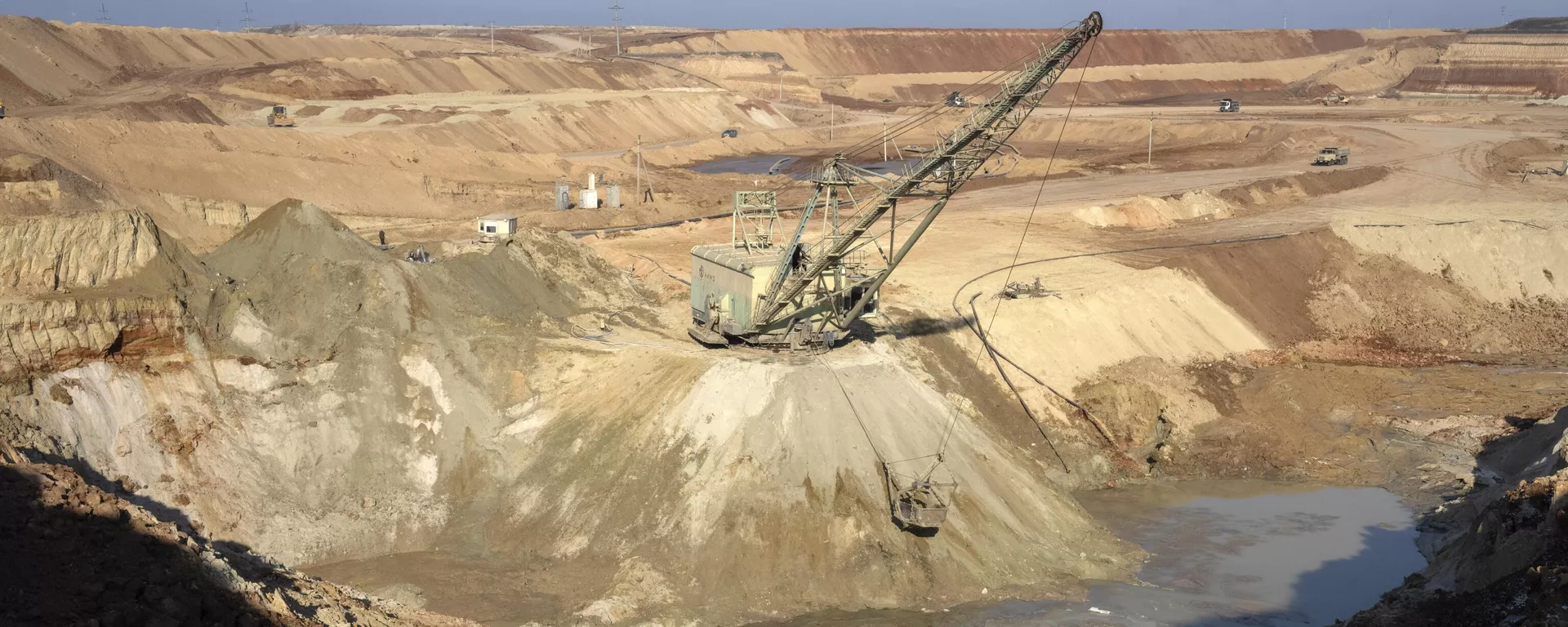
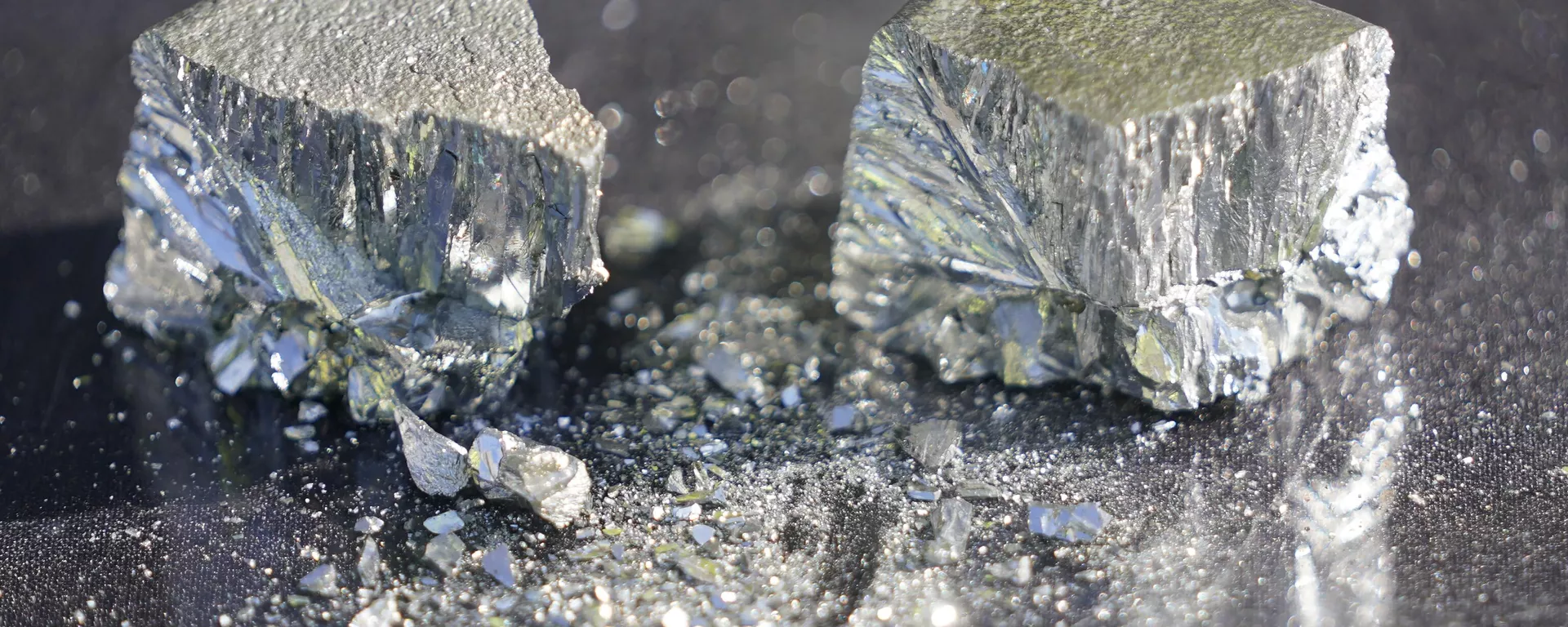
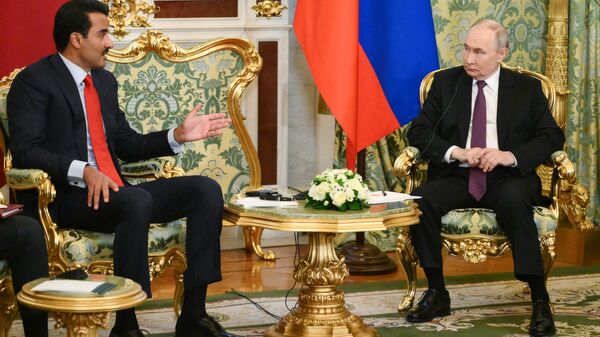


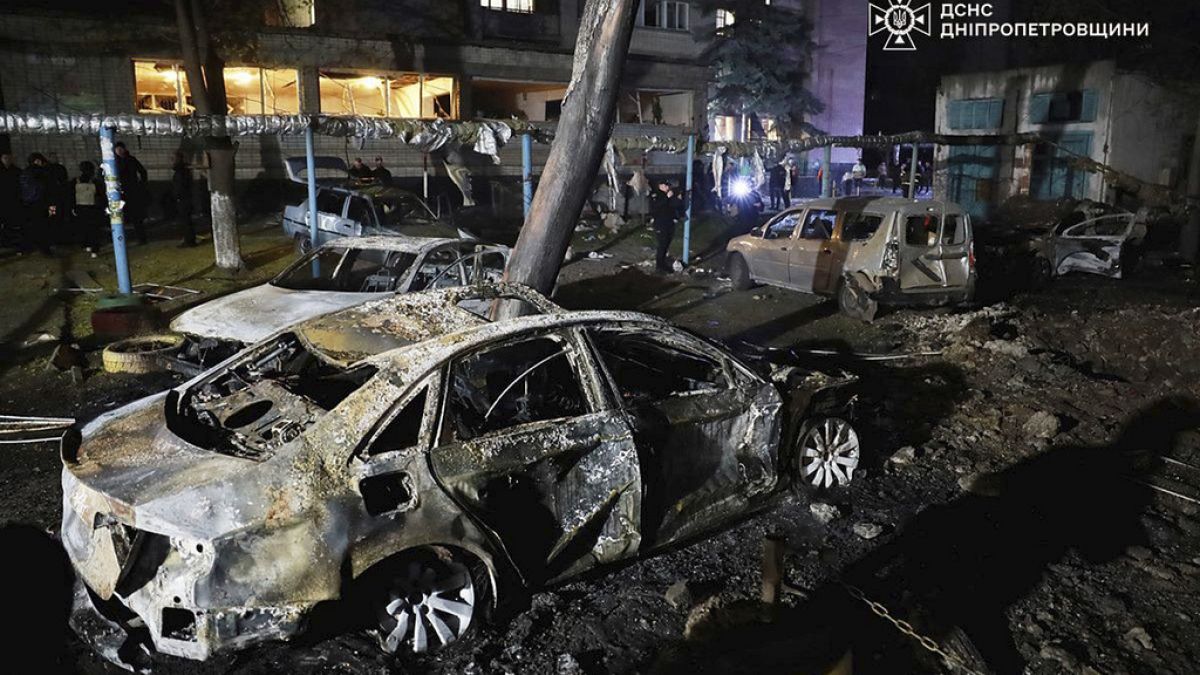


 We deliver critical software at unparalleled value and speed to help your business thrive
We deliver critical software at unparalleled value and speed to help your business thrive



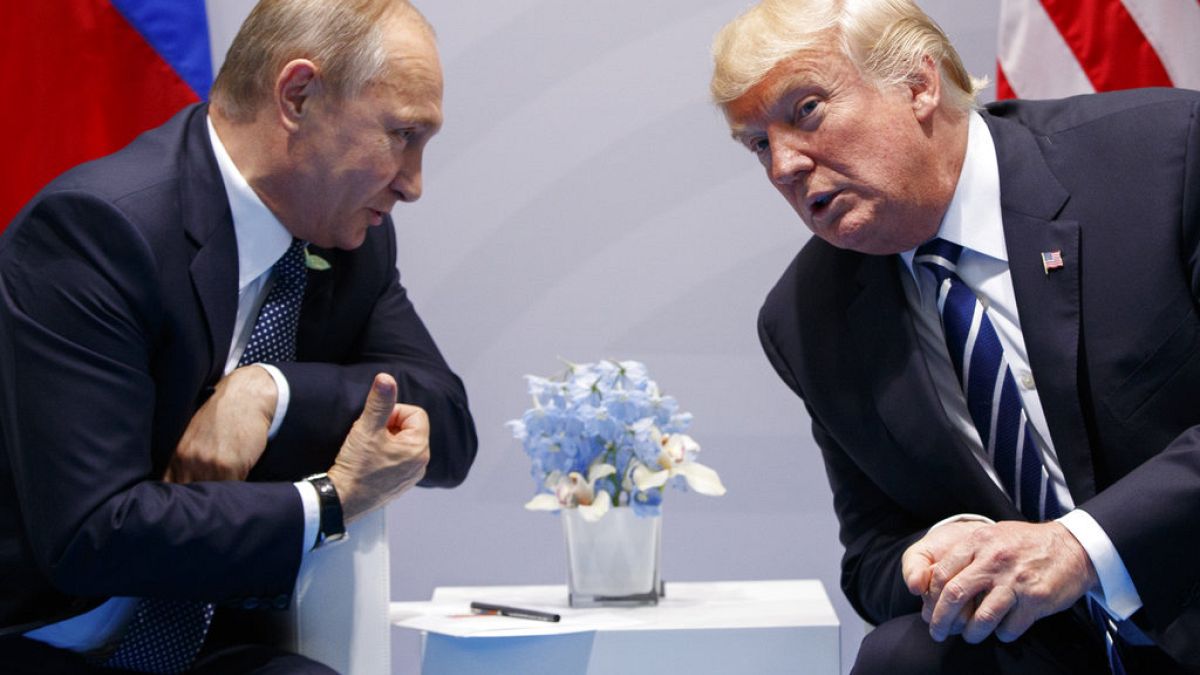


 English (US) ·
English (US) ·